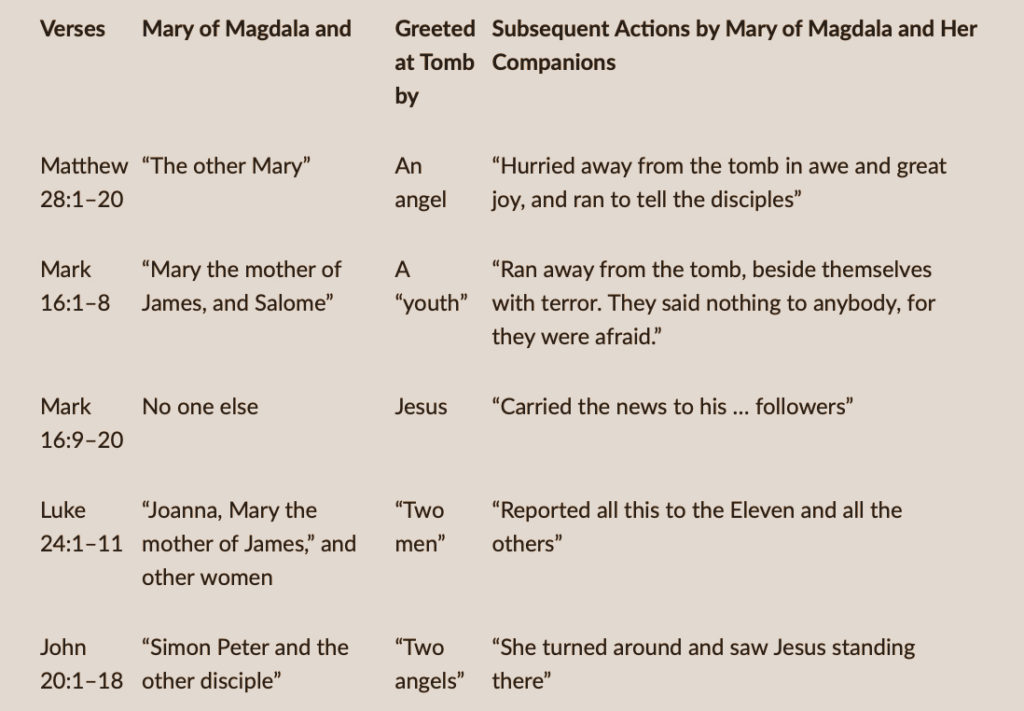by Duke Mertz
The rediscovery of the mythical Jesus was an unintended consequence of biblical research carried out by devout Christians. Near the end of the Enlightenment, theologians began studying the oldest versions of New Testament books to make certain that translations from the original Greek were as accurate as possible. During this process, they noticed a distinct difference between the Gospels and the Epistles. The biographies of Jesus contained quotations from the Old Testament and allusions to Jewish traditions. The letters never referred to the Hebrew books, and on those rare occasions when Jesus or Jewish topics were mentioned, they seemed to be afterthoughts. Comparative analysis of the oldest existing texts of the Epistles indicated that some of the anomalies were the work of later editors.
This discovery prompted a more in-depth analysis of the Gospels, which also uncovered editorial additions. Some were revealed by changes in verb tense or point of view, but the majority were simply conflicting versions of the same incident. For example, there are two resurrection scenes at the end of Mark (16:1–8 and 16:9–20). Whenever it is impossible to determine which version of an event is true, neither can be relied upon. This fact is amplified by a comparative analysis of the five different resurrection scenes in the Gospels (all biblical quotations are from The New English Bible):
(Read the whole article, ‘The Quest for the Mythical Jesus’, here.)

2 replies on “Resurrection myth”
The above article was published in 2020 in Free Inquiry magazine (FI). In the 1990s, I used to subscribe to FI. Back then, this magazine for free thinkers only appeared in print. I personally know the (now deceased) founder of FI and wrote a short article about him in one of my books linked in the featured post.
> “The letters never referred to the Hebrew books”
So, the folks who in the early 20th century considered Paul a Judaiser of some fictional “pure” Christianity are even more idiotic than they appear?